Tackling child poverty: third year progress report – Annex A measurement framework
This document contains the measurement framework with the latest data on the drivers of child poverty. The 23 indicators in the Child Poverty Measurement Framework are intended to monitor these drivers of poverty. They form part of a wider monitoring and evaluation strategy.
Tackling Child Poverty: Third year progress report 2020-21: Annex A
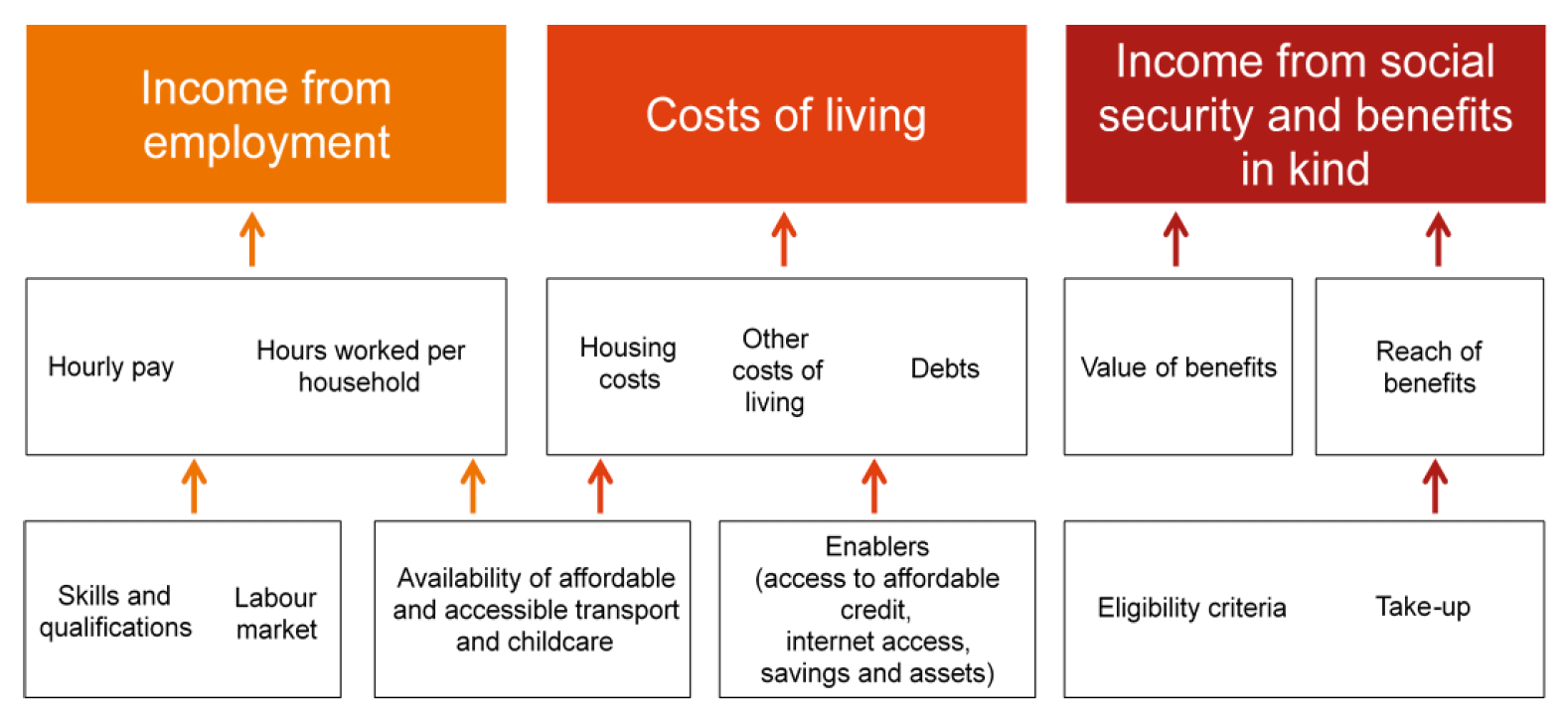
The drivers of poverty are summarised in the diagram above.
The 23 indicators in the Child Poverty Measurement Framework are intended to monitor these drivers of poverty. They form part of a wider monitoring and evaluation strategy.
This annex sets out the trends over time for each of the Child Poverty Measurement framework indicators. Note that available data at the time of publication precedes COVID-19.
The document specifies which of the four child poverty targets each indicator influences:
Relative poverty √
Absolute poverty √
Low income + material deprivation √
Persistent poverty √
Driver: Hourly pay
Indicator 1: Hourly pay
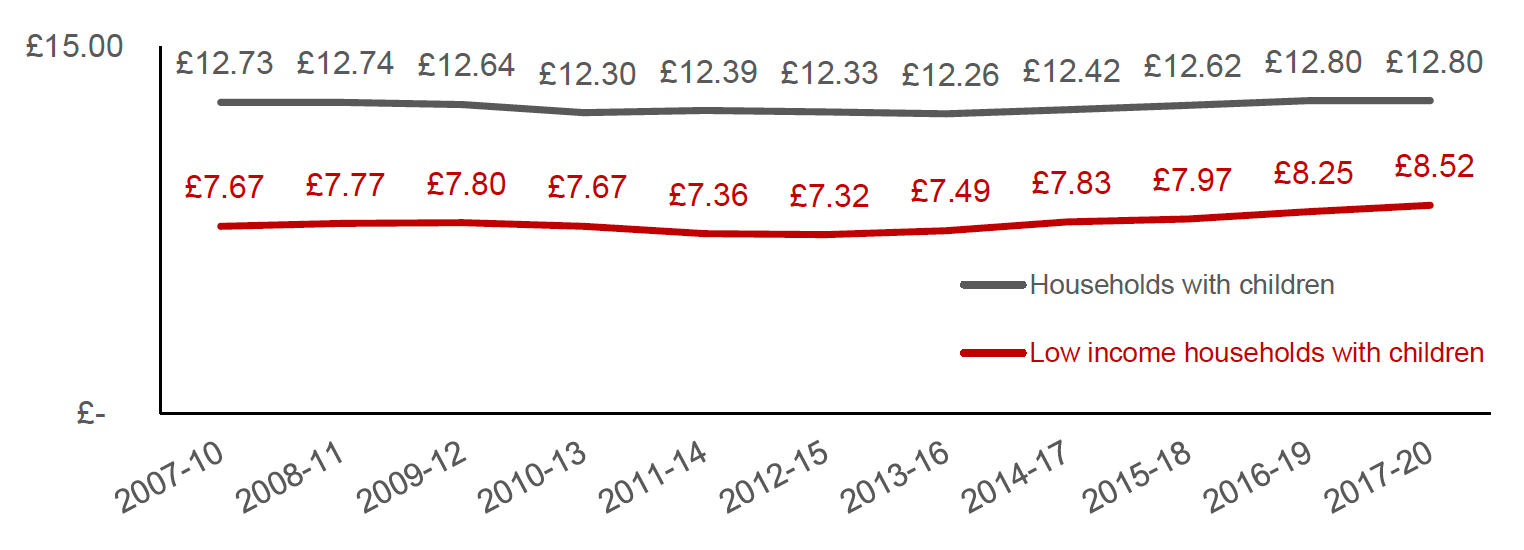
How this indicator relates to the child poverty targets:
Relative poverty √
Absolute poverty √
Low income + material deprivation √
Persistent poverty √
Hourly pay is a direct driver of income from employment, and therefore influences all four targets. Because poverty is measured at the household level, the hourly pay indicator monitors the average hourly pay per household rather than per parent. Earnings for all years are presented in 2019/20 prices, in order to adjust for inflation when looking at trends over time.
Driver: Hours worked
Indicator 2: No paid employment

Relative poverty √
Absolute poverty √
Low income + material deprivation √
Persistent poverty √
How this indicator relates to the child poverty targets:
Hours worked is a direct driver of income from employment, and therefore influences all four targets. Households with no-one in paid employment are at significantly higher risk of being in poverty.
Indicator 3: Hours worked

Relative poverty √
Absolute poverty √
Low income + material deprivation √
Persistent poverty √
How this indicator relates to the child poverty targets:
Hours worked is a direct driver of income from employment, and therefore influences all four targets. The risk of poverty reduces as the number of hours worked increases.
Driver: Labour market
Indicator 4: Underemployment
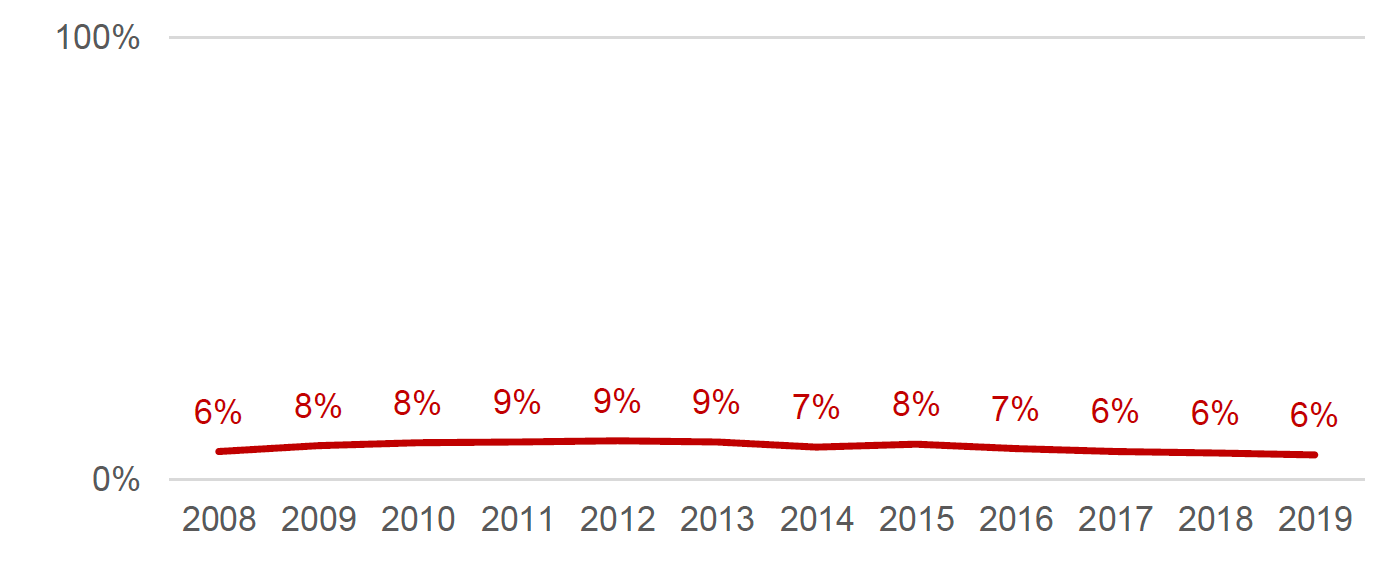
Relative poverty √
Absolute poverty √
Low income + material deprivation √
Persistent poverty √
How this indicator relates to the child poverty targets:
The number and type of jobs available in the labour market have an impact on parents' hours worked, through the employment opportunities they have access to.
Indicator 5: Under-utilisation of skills
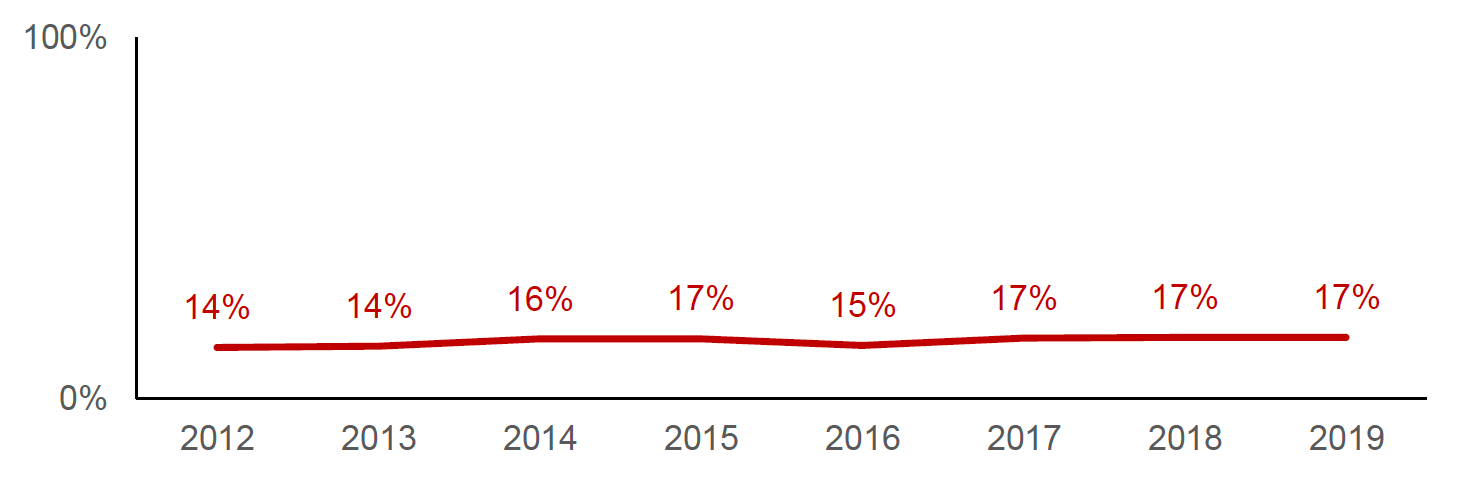
Relative poverty √
Absolute poverty √
Low income + material deprivation √
Persistent poverty √
How this indicator relates to the child poverty targets:
The number and type of jobs available in the labour market have an impact on parents' hourly pay, through the employment opportunities they have access to.
Driver: Skills and qualifications
Indicator 6: Parents' qualifications
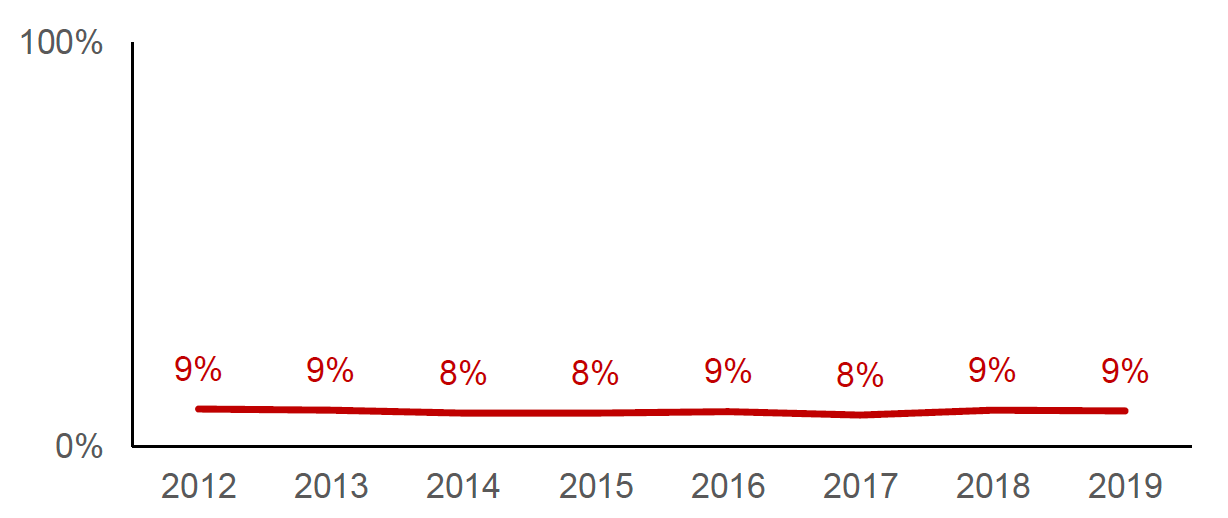
Relative poverty √
Absolute poverty √
Low income + material deprivation √
Persistent poverty √
How this indicator relates to the child poverty targets:
People with higher qualifications are much less likely to experience poverty than those with no or lower qualifications. Skills and qualifications affect income from employment in two main ways: the likelihood of getting a job, and how much someone is paid.
Indicator 7: School leavers attainment gap
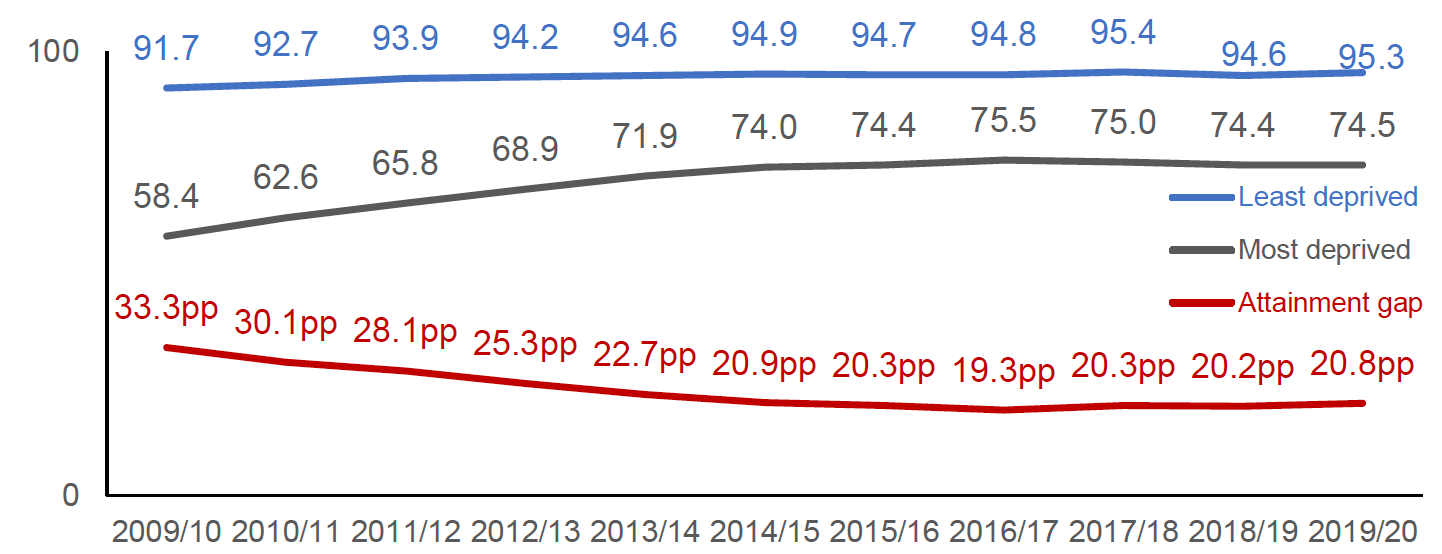
How this indicator relates to the child poverty targets:
Relative poverty √
Absolute poverty √
Low income + material deprivation √
Persistent poverty √
Children growing up in the 20% most deprived areas tend to have lower attainment than those in the 20% least deprived areas – the 'attainment gap'. Policies to close the attainment gap could impact on all four child poverty targets if they lead to an improvement in work prospects for current children who are old enough to become parents before 2030.
Driver: Availability of affordable and accessible childcare
Indicator 8: Childcare affordability

Relative poverty √
Absolute poverty √
Low income + material deprivation √
Persistent poverty √
How this indicator relates to the child poverty targets:
Childcare can be a significant cost for households with children. And a lack of affordable childcare can limit opportunities for paid employment.
Indicator 9: Childcare availability in school holidays
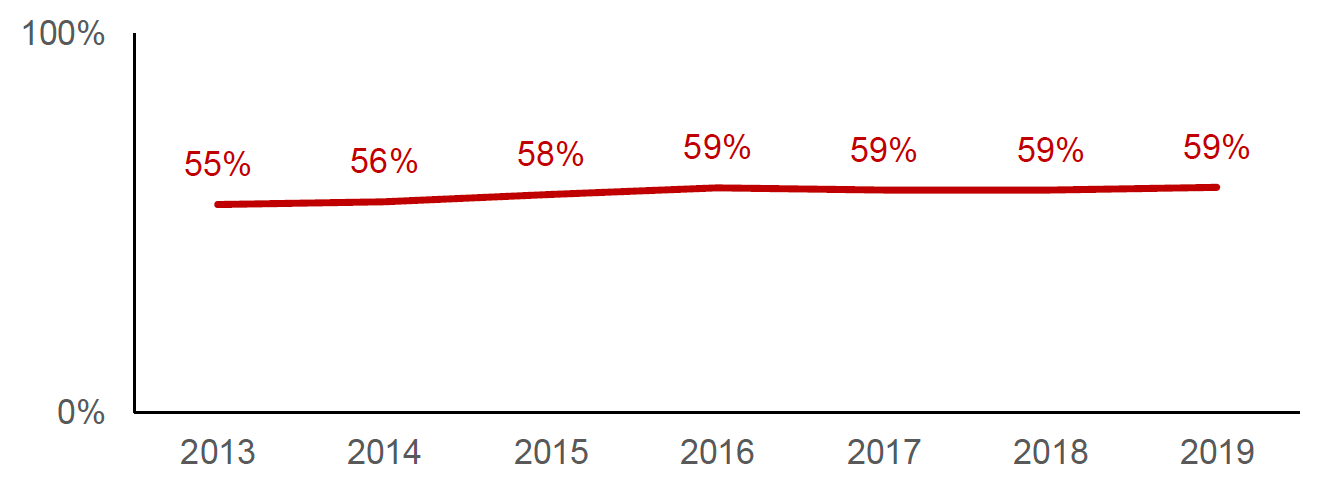
Relative poverty √
Absolute poverty √
Low income + material deprivation √
Persistent poverty √
How this indicator relates to the child poverty targets:
A lack of childcare availability during the school holidays can limit opportunities for paid employment.
Indicator 10: Childcare availability outside school hours
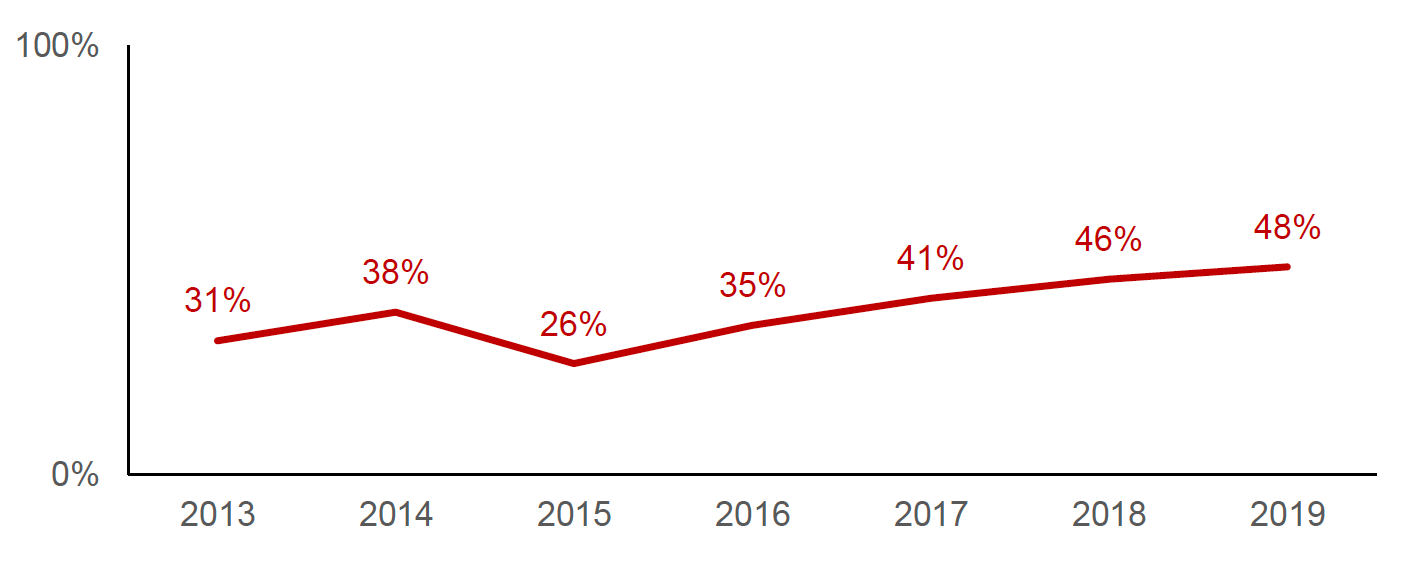
Relative poverty √
Absolute poverty √
Low income + material deprivation √
Persistent poverty √
How this indicator relates to the child poverty targets:
A lack of childcare availability outside school hours can limit opportunities for paid employment.
Driver: Availability of affordable and accessible transport
Indicator 11: Satisfaction with public transport
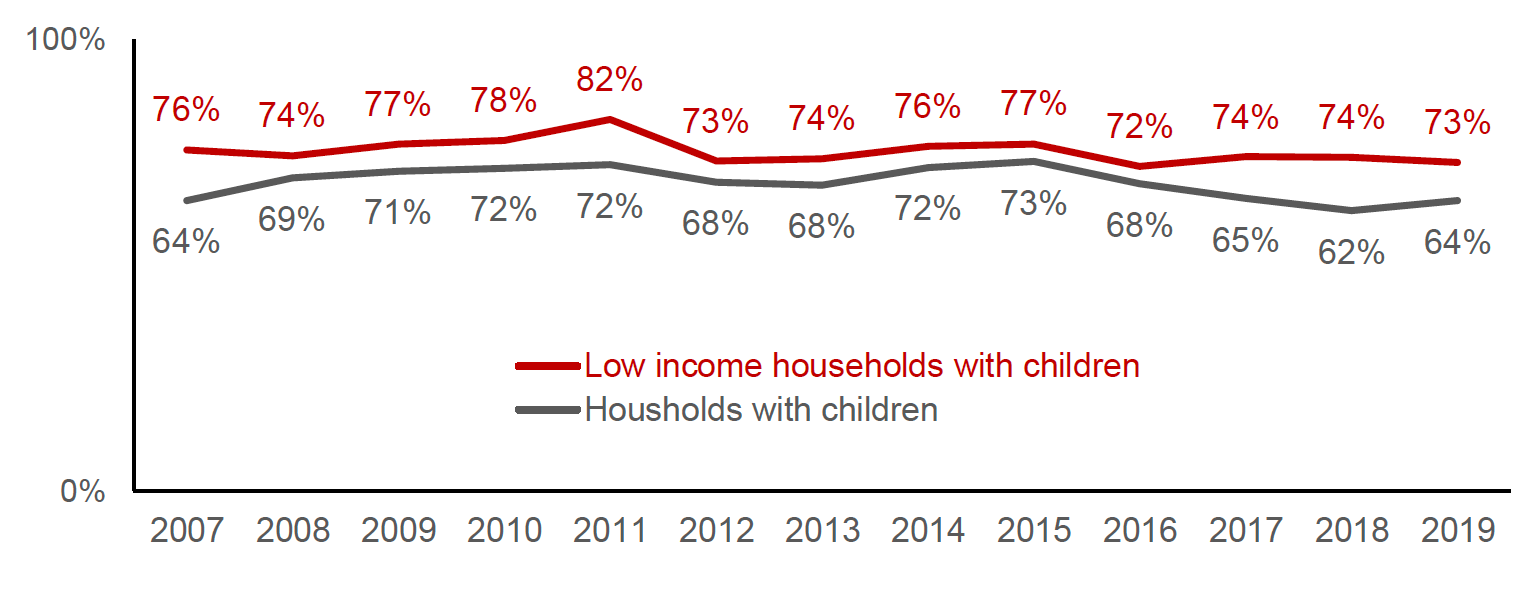
Relative poverty √
Absolute poverty √
Low income + material deprivation √
Persistent poverty √
How this indicator relates to the child poverty targets:
Low income households are much less likely to have access to a car than high income households. Along with affordability, other aspects of public transport, such as limited frequency and timetable constraints, can make it difficult for people without access to a car to co-ordinate work, childcare and other activities, potentially limiting opportunities for paid employment.
Driver: Housing costs
Indicator 12: Housing affordability

Relative poverty
Absolute poverty
Low income + material deprivation √
Persistent poverty
How this indicator relates to the child poverty targets:
Housing costs are often the largest single cost a household will face, particularly for those on low incomes. All four of the child poverty targets are based on the income that households have left after housing costs have been deducted.
Driver: Other costs of living
Indicator 13: Fuel affordability
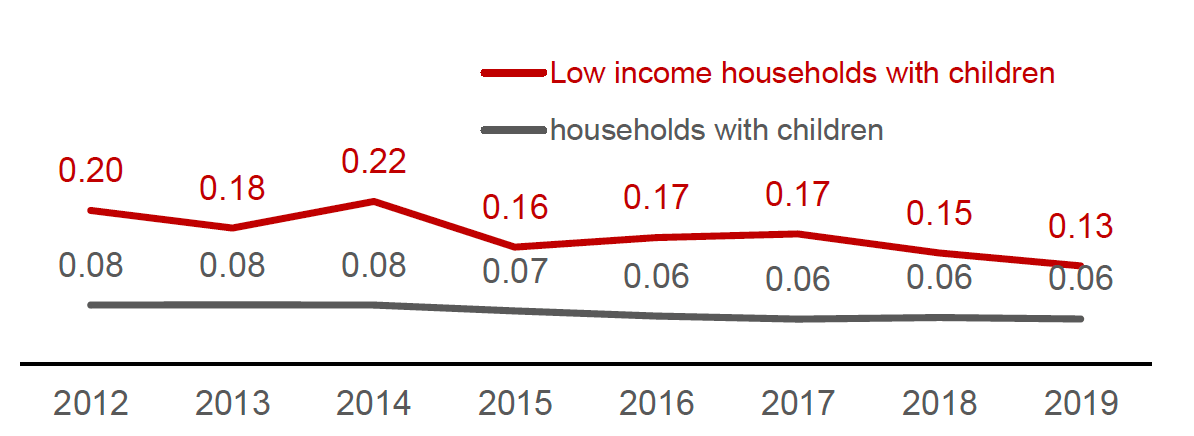
How this indicator relates to the child poverty targets:
Relative poverty
Absolute poverty
Low income + material deprivation
Persistent poverty
Fuel costs are not deducted from income for the purposes of determining whether a household is in income poverty. They do, however, affect the risk of material deprivation, as families spending a greater percentage of their income on fuel will be less likely to afford essential goods and services.
Indicator 14: Food affordability

How this indicator relates to the child poverty targets:
Relative poverty
Absolute poverty
Low income + material deprivation √
Persistent poverty
Food costs are not deducted from income for the purposes of determining whether a household is in income poverty. They do, however, affect the risk of material deprivation, as families spending a greater percentage of their income on food will be less likely to afford essential goods and services.
Driver: Debt
Indicator 15: Unmanageable debt

Relative poverty
Absolute poverty
Low income + material deprivation √
Persistent poverty
How this indicator relates to the child poverty targets:
Debt repayments are not deducted from income for the purposes of determining whether a household is in income poverty. They do, however, reduce the amount of disposable income that households with children have to spend on goods and services, and therefore increase their risk of material deprivation.
Driver: Enablers
Indicator 16: Access to affordable credit

Relative poverty
Absolute poverty
Low income + material deprivation√
Persistent poverty
How this indicator relates to the child poverty targets:
Access to affordable credit can protect against problem debt and material deprivation. It acts as a buffer against unexpected costs (e.g. replacing a broken washing machine) and fluctuations in income.
Indicator 17: No savings
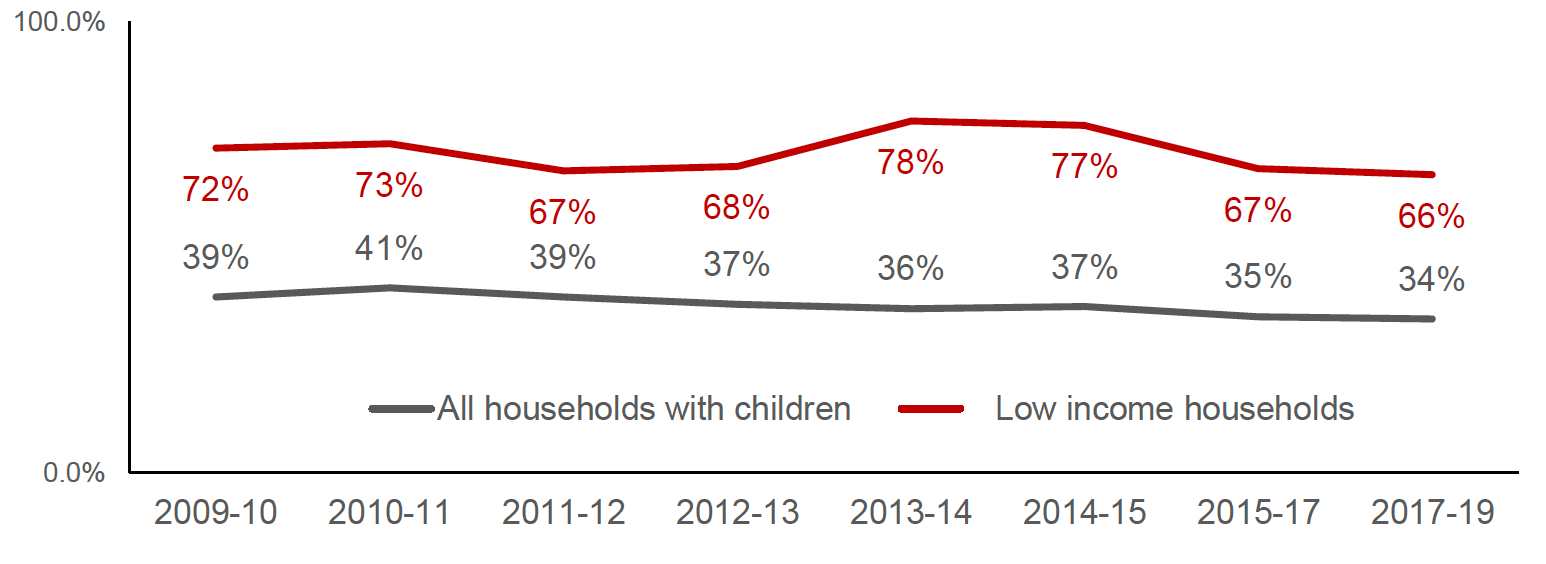
Relative poverty
Absolute poverty
Low income + material deprivation √
Persistent poverty
How this indicator relates to the child poverty targets:
Savings protect against problem debt and material deprivation. They act as a buffer against unexpected costs (e.g. replacing a broken washing machine) and fluctuations in income.
Indicator 18: Internet access
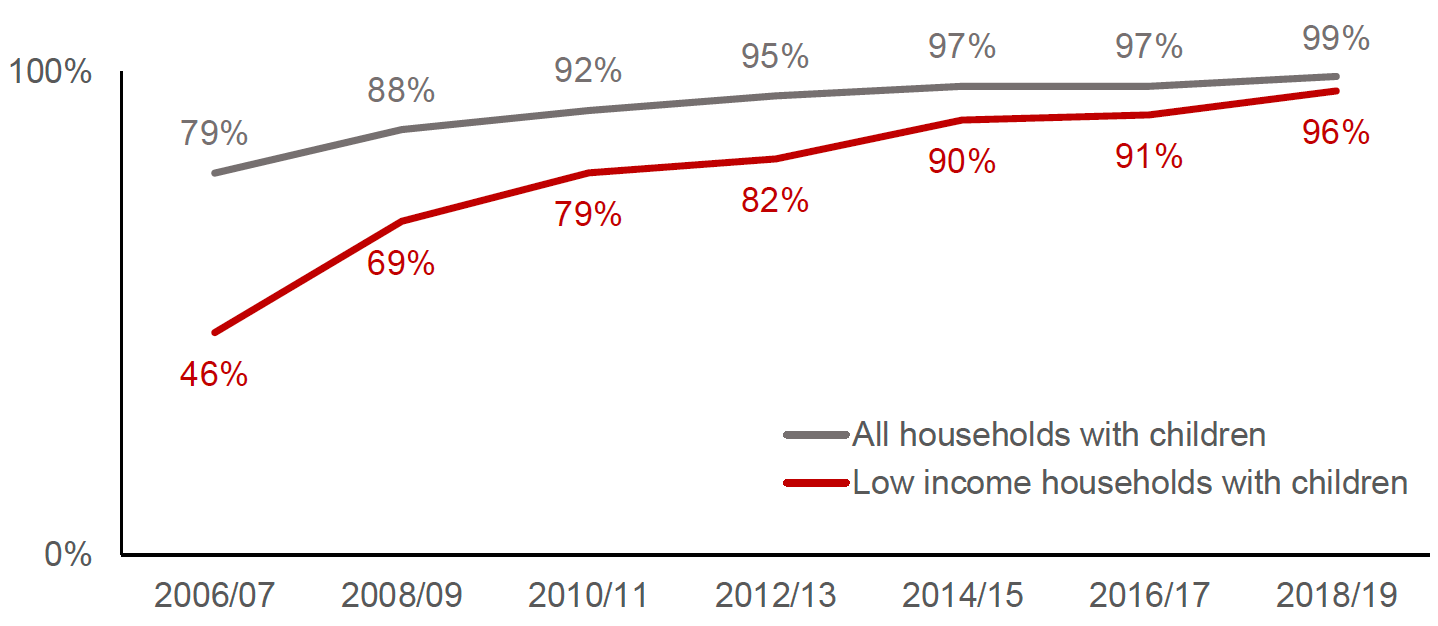
Relative poverty √
Absolute poverty √
Low income + material deprivation √
Persistent poverty √
How this indicator relates to the child poverty targets:
Access to the internet allows opportunities to find lower-cost financial products and services, online banking, price comparison sites and online deals. Internet access and digital literacy also increase people's chances of accessing jobs and getting the benefits they are entitled to.
Driver: Reach of benefits
Indicator 19: Targeted reach of benefits
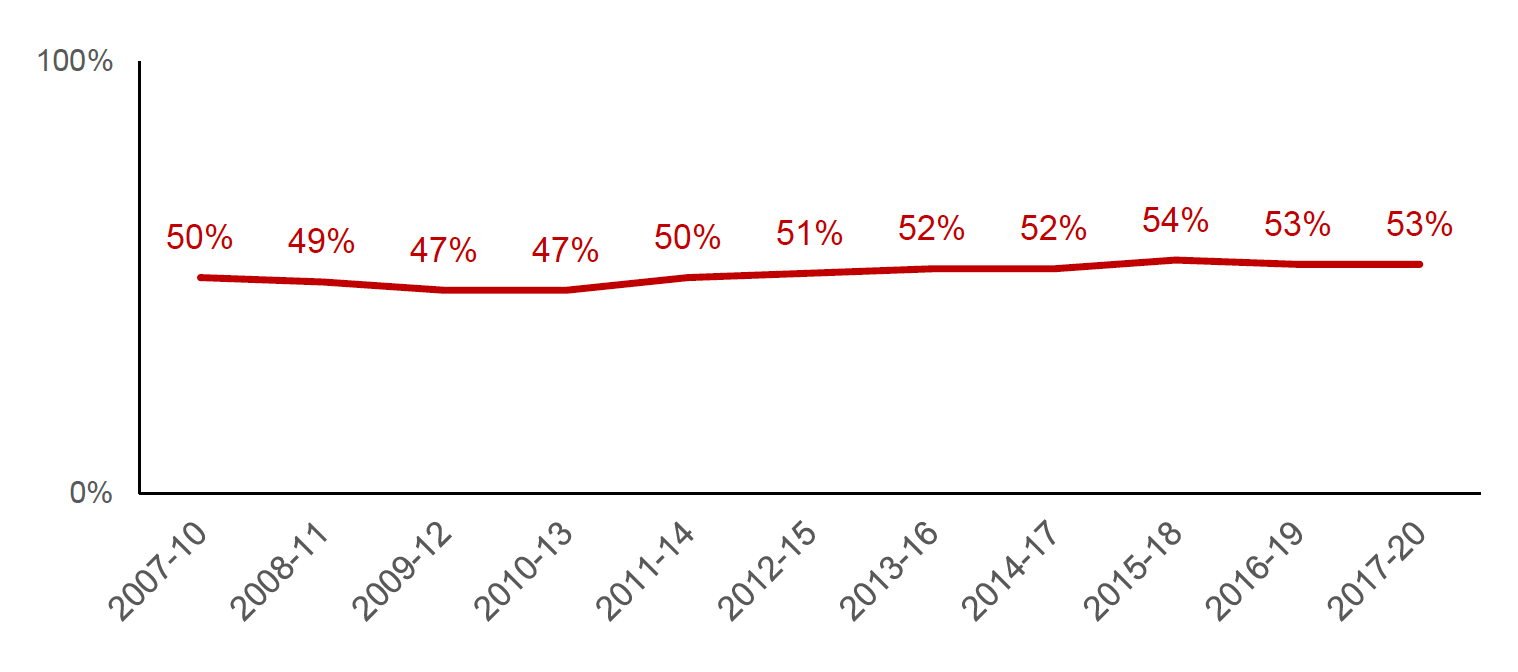
Relative poverty √
Absolute poverty √
Low income + material deprivation √
Persistent poverty √
How this indicator relates to the child poverty targets:
Social security payments have a direct impact on poverty by providing or supplementing household income.
Driver: Value of benefits
Indicator 20: Value of out of work benefits

Relative poverty √
Absolute poverty √
Low income + material deprivation √
Persistent poverty √
How this indicator relates to the child poverty targets:
Social security payments have a direct impact on poverty by providing or supplementing household income.
Indicator 21: Value of in work benefits

Relative poverty √
Absolute poverty √
Low income + material deprivation √
Persistent poverty √
How this indicator relates to the child poverty targets:
Social security payments have a direct impact on poverty by providing or supplementing household income.
Indicator 22: Value of school clothing grant
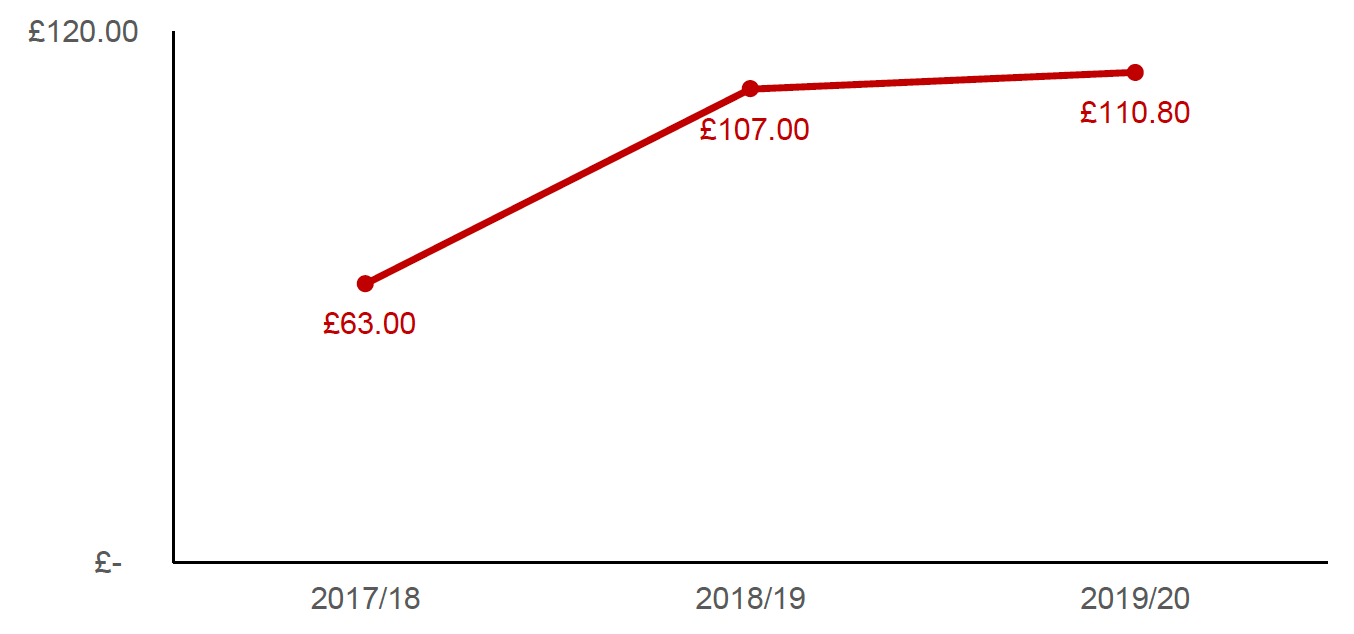
Relative poverty √
Absolute poverty √
Low income + material deprivation √
Persistent poverty √
How this indicator relates to the child poverty targets:
School clothing grants count towards the definition of income used by DWP. The value of school clothing grants therefore influences all four targets.
Driver: Benefits take-up
Indicator 23: Take-up of free school meals
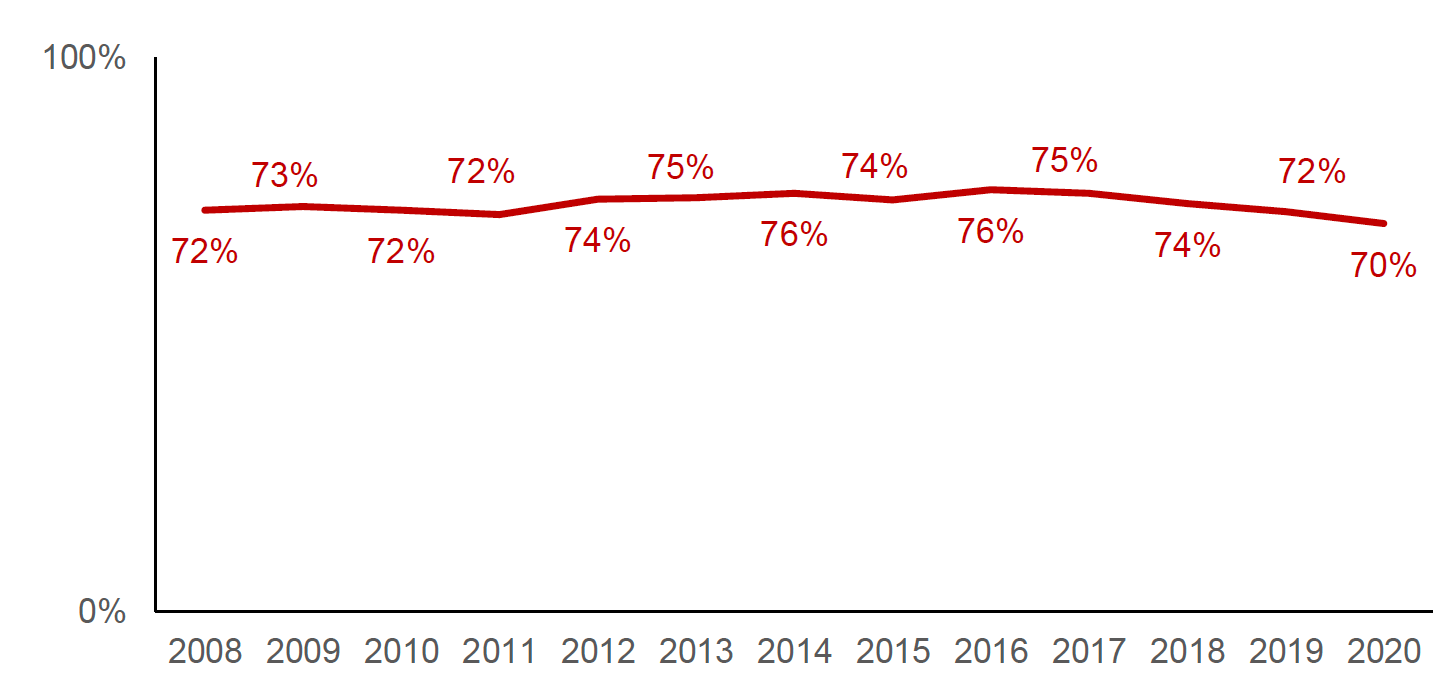
Relative poverty √
Absolute poverty √
Low income + material deprivation √
Persistent poverty √
How this indicator relates to the child poverty targets:
The monetary value of Free School Meals counts towards the definition of income used by Department for Work and Pensions (DWP). Take-up of free school meals therefore influences all four targets.
Contact
Email: sjsu@gov.scot
There is a problem
Thanks for your feedback